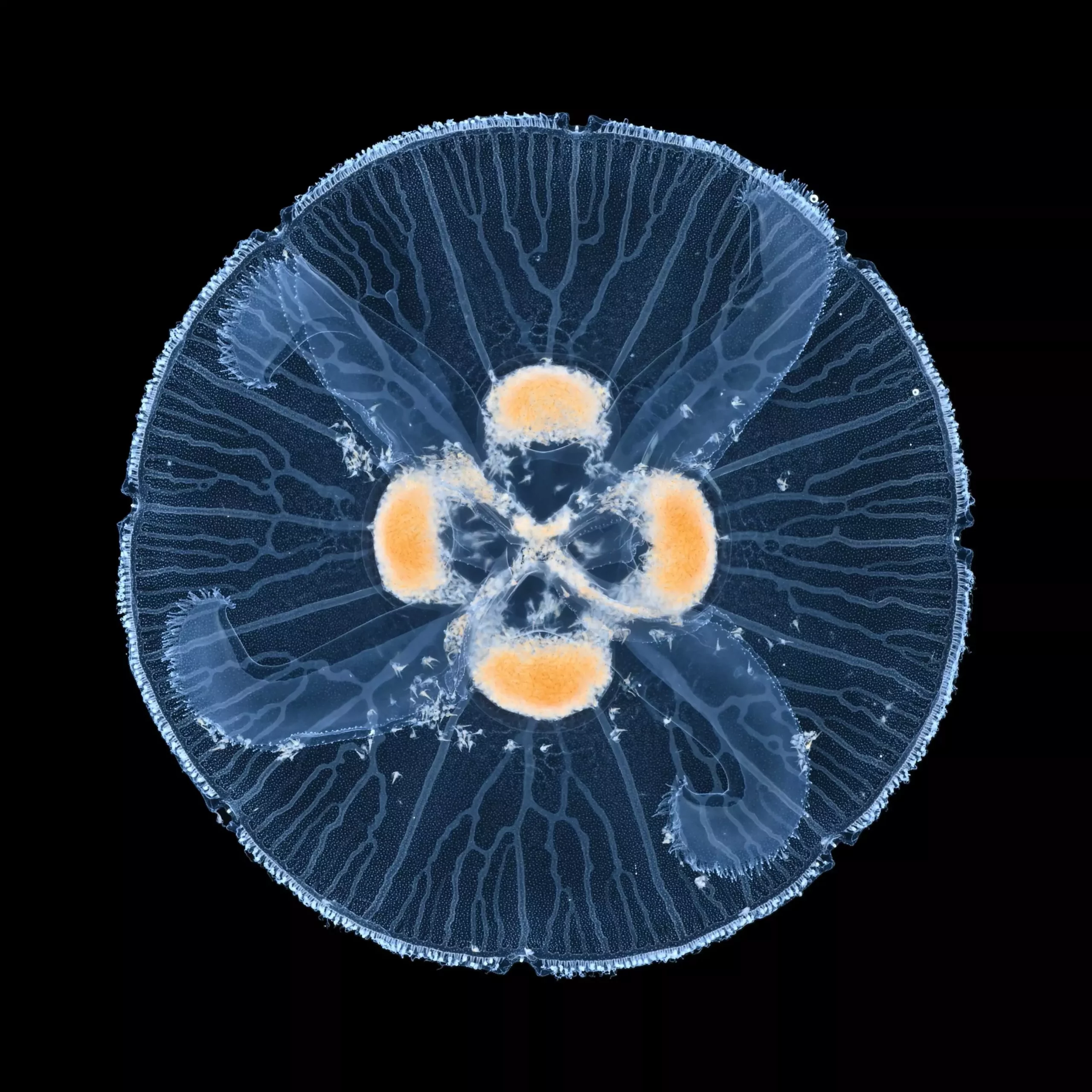Nature is filled with intricate networks that serve vital functions across various biological and physical systems. From the blood vessels in our bodies to the electric discharges during storms, these transport networks are essential for survival and stability. A recent study published in the *Proceedings of the National Academy of Sciences* sheds light on an intriguing phenomenon within these networks: the formation of loops that enhance their stability. Conducted by an international team led by researchers from the University of Warsaw, this research explores how these loops emerge under specific conditions, revealing a significant interplay between branches of a network as they reach the boundaries of their system.
Understanding the mechanics of these loops involves delving into the behavior of network branches as they grow. Typically, branches operate under two distinct regimes: tree-like geometries where branches predominantly repel one another, and looping structures where branches have the capacity to reconnect. The researchers observed that when one branch approaches the system’s edge, a remarkable transition occurs — previously repelling branches begin to attract, culminating in the rapid formation of loops.
This behavior is particularly significant because it illustrates a change in the interactions driven by the physical properties of the materials involved, essentially leading to a “breakthrough” moment. Stanislaw Żukowski, a Ph.D. student involved in this research, emphasized that “the competition and repulsion between branches then disappears and attraction appears.” Thus, this attractive mechanism becomes central to the process of loop formation in various systems, advancing our comprehension of biological transport networks.
The Broader Implications: Nature’s Looping Networks
The implications of this research extend well beyond a single case study of a jellyfish’s canal system, where researchers initially discovered the phenomenon. The dynamics elucidated in the study apply to a vast array of transport networks found across living organisms and even in non-biological systems. For instance, electrical discharge networks present in natural settings, as well as mechanisms governing fluid dynamics, resonate with the principles observed in jellyfish.
Importantly, the presence of loops offers critical advantages to these networks, fortifying them against possible damage. In a linear network without loops, the failure of one branch could potentially sever all connected components, leading to systemic collapse. Conversely, in a network with loops, alternative pathways remain available, promoting resilience and functional integrity.
The collaborative nature of this research brought together experts from multiple fields, ranging from physics to biology. One potential avenue for validation arose from the experiments related to gypsum fracture dissolution and the study of finger-like patterns in fluid interfaces. Efforts by researchers like Annemiek Cornelissen and Piotr Szymczak allowed for the exploration of loop dynamics not only within biological frameworks but in any system exhibiting diffusive flux behavior. Through interdisciplinary teamwork, they crafted models that could universally describe the interactions between branches under various conditions.
The overarching goal remained to demystify how such geometric intricacies manifest consistently across different realms. The experimental findings, coupled with theoretical models, suggest a simple physical explanation lies beneath the surface of this seeming complexity, sparking curiosity about other systems in which similar mechanisms might operate.
Concluding Thoughts: Future Directions in Research
As the research team continues to explore the phenomenon of loop formation, the prospects for new discoveries remain compelling. Their observations not only lay foundational stones in our understanding of transport networks but also inspire questions about other natural systems where similar dynamics might occur. “We are extremely curious to see in which other systems we will observe loop formation near breakthrough,” expressed Żukowski, highlighting the ongoing investigation into the nature of these interactions.
This groundbreaking study opens doors to a deeper understanding of how transport networks achieve stability through loop formation. By unraveling the complexities underpinning these interactions, we move closer to unlocking the principles governing not just biological systems but a range of physical phenomena in nature. The intricate dance of competition and attraction among network branches is a testament to the elegance of natural systems and their remarkable ability to adapt and thrive.


Leave a Reply